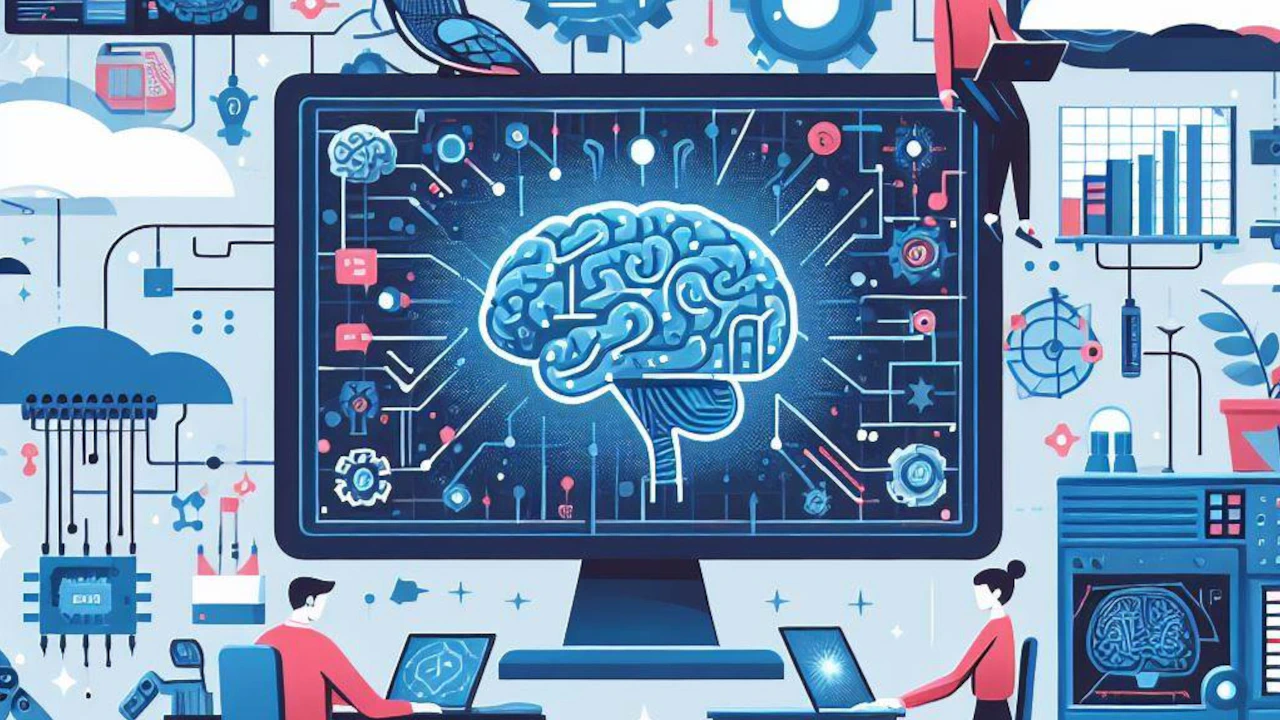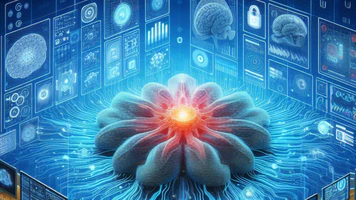
- By Justin Riddiough
- December 8, 2023
What is Neuromorphic Computing?
At its core, neuromorphic computing is an emerging field that seeks to build computational systems mirroring the neurobiological architecture of the human brain. Think of it as a departure from traditional computing paradigms, where instead of relying on conventional processors, neuromorphic systems leverage circuits designed to imitate the behavior of neurons and synapses.
Neuromorphic computing is not just about processing power; it’s about capturing the essence of how our brains process information.
Understanding neuromorphic computing involves delving into its core principles:
-
Parallel Processing: Neuromorphic systems excel at parallel processing, akin to the simultaneous firing of neurons in our brains. This parallelism facilitates efficient and rapid computation.
-
Energy Efficiency: Inspired by the brain’s remarkable energy efficiency, neuromorphic hardware aims to perform complex tasks with minimal power consumption. This is a significant departure from traditional computing, which often demands substantial energy resources.
-
Adaptive Learning: Neuromorphic systems possess the ability to adapt and learn from experiences, mimicking the plasticity observed in biological neural networks. This adaptability is a key feature for handling dynamic and unpredictable environments.
Why is it Inspired by the Human Brain?
To comprehend the motivation behind neuromorphic computing, one must explore the biological underpinnings that drive its design principles.
The human brain, with its trillions of interconnected neurons, remains one of the most sophisticated computing systems known to us.
Biological Basis
The human brain is a marvel of evolution, consisting of neurons and synapses that form intricate networks. Neuromorphic computing draws inspiration from this biological basis, attempting to replicate the fundamental building blocks of neural systems.
Principles Inspiring Neuromorphic Design
The principles guiding neuromorphic design stem from the brain’s efficiency and effectiveness in processing information. This includes:
-
Distributed Processing: In the brain, information processing is distributed across a vast network of neurons. Neuromorphic systems mimic this approach, distributing tasks across interconnected components.
-
Event-Driven Processing: Unlike traditional processors that operate continuously, the brain’s neurons activate in response to specific events. Neuromorphic computing adopts this event-driven processing, focusing computational resources where and when needed.
In summary, neuromorphic computing is not merely a technological advancement; it’s a paradigm shift towards creating intelligent systems that not only compute but also learn and adapt in a manner reminiscent of our own cognitive processes. As we venture into this realm, we embark on a journey to unlock new frontiers in artificial intelligence, pushing the boundaries of what machines can achieve.


